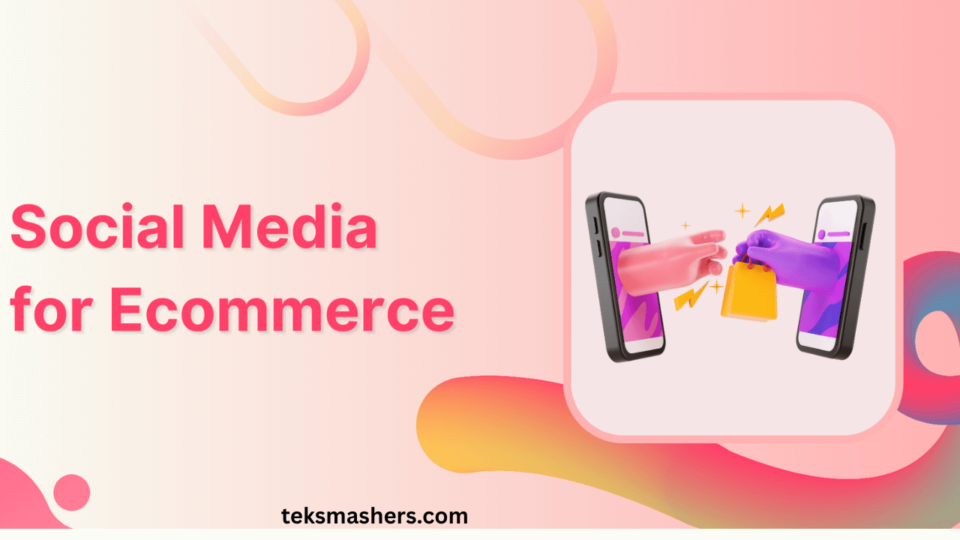Here’s a revised version of 8 Ways to Use Social Media Ecommerce Effectively in 2025, incorporating long-tail keywords to improve SEO and relevance:
1. Leverage AI-Powered Personalization for Enhanced Shopping Experiences
Why it matters: Consumers in 2025 expect highly personalized shopping experiences. AI can analyze user behavior to recommend products, create dynamic ads, and tailor content to individual preferences.
How to do it:
Use AI tools to analyze customer data and predict buying patterns for personalized product recommendations.
Implement AI chatbots for real-time customer support and personalized interactions.
Create dynamic social media ads that adapt to user preferences and browsing history.
2. Embrace Shoppable Content for Seamless Purchases
Why it matters: Shoppable posts and videos allow users to purchase directly from social media platforms, reducing friction and improving social media conversion rates.
How to do it:
Use Instagram Shopping features or Facebook Shops to tag products in posts and stories.
Create short, engaging videos with clickable product links on TikTok or Pinterest.
Partner with influencers to promote shoppable social media content and drive sales.
3. Focus on Emerging Social Commerce Platforms
Why it matters: Platforms like TikTok, Instagram, and Pinterest are becoming full-fledged ecommerce hubs, offering new opportunities for social media-driven sales.
How to do it:
Optimize your profile for social media selling by enabling shopping features.
Post regularly and engage with your audience through comments and DMs to build social media customer loyalty.
Run targeted ads on platforms like TikTok to drive traffic to your online store.
4. Utilize Augmented Reality (AR) for Virtual Try-Ons
Why it matters: AR allows customers to visualize products like clothing, makeup, or furniture before buying, increasing confidence and reducing product return rates.
How to do it:
Integrate AR tools like Snapchat’s AR lenses or Instagram’s AR filters.
Offer virtual try-on experiences for products like glasses, jewelry, or makeup.
Highlight AR features in your social media marketing campaigns to attract tech-savvy shoppers.
5. Build a Loyal Community Around Your Brand
Why it matters: A strong community drives repeat purchases and word-of-mouth marketing, which are critical for long-term success.
How to do it:
Create exclusive groups or forums for your customers, such as Facebook Groups for brand enthusiasts.
Host live Q&A sessions, webinars, or behind-the-scenes content to engage your audience.
Encourage user-generated content (UGC) by running contests or challenges.
6. Incorporate Live Shopping Events for Real-Time Engagement
Why it matters: Live shopping combines entertainment and instant purchasing, creating a sense of urgency and exclusivity that boosts social media sales.
How to do it:
Host live shopping events on Instagram, TikTok, or YouTube to showcase products.
Collaborate with influencers to co-host interactive live streams.
Offer limited-time discounts during live streams to encourage immediate purchases.
7. Optimize for Voice Search and Visual Search
Why it matters: As voice assistants and visual search tools gain popularity, optimizing for these technologies can improve product discoverability on social media.
How to do it:
Use conversational keywords in your product descriptions and hashtags.
Ensure your images are high-quality and tagged with relevant keywords for visual search.
Optimize for platforms like Pinterest Lens or Google Lens to attract visual search users.
8. Invest in Micro-Influencers and Nano-Influencers for Authentic Promotion
Why it matters: Smaller influencers often have more engaged audiences and higher trust levels, leading to better social media conversion rates.
How to do it:
Identify influencers whose audience aligns with your target market for social commerce.
Offer affiliate programs or commission-based partnerships to incentivize promotions.
Encourage influencers to create authentic, relatable content that resonates with their followers.
Bonus Tip: Track and Analyze Performance with Advanced Analytics
Use analytics tools to monitor the success of your social media ecommerce strategies. Platforms like Instagram Insights, TikTok Analytics, and Google Analytics can help you refine your approach and improve ROI from social media campaigns.
By incorporating these strategies and focusing on long-tail keywords like “personalized product recommendations,” “social media conversion rates,” and “virtual try-on experiences,” you can optimize your content for search engines while staying ahead in the competitive world of social media ecommerce in 2025.

